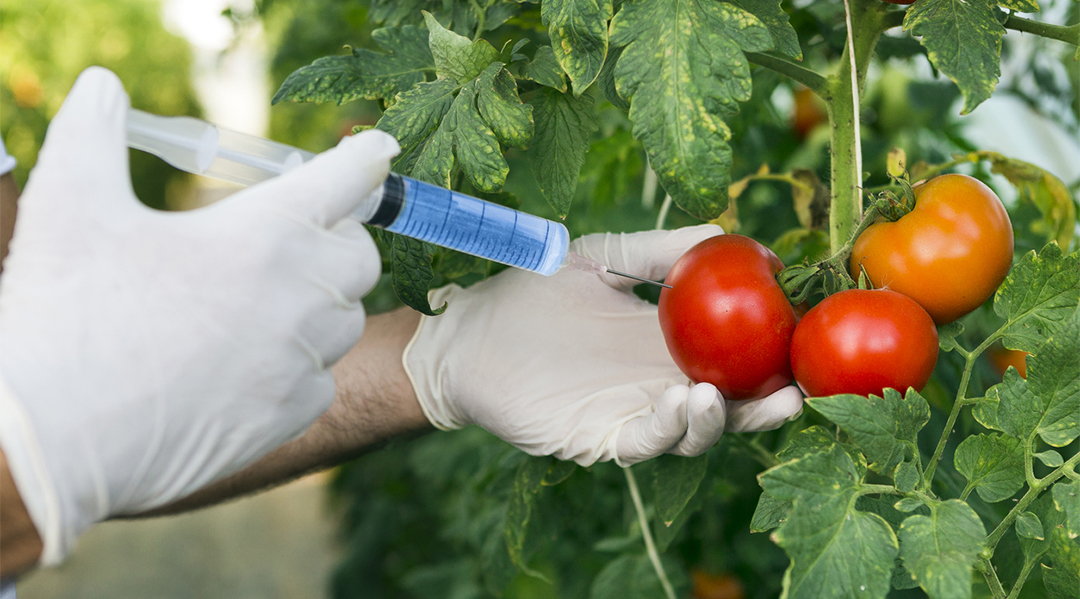Bt11 Corn Event Detection Testing
The Bt11 corn event detection testing is a crucial component in ensuring the integrity and safety of genetically modified organisms (GMOs) within agricultural and forestry sectors. Bt11 corn, developed by Monsanto, is one of the most widely grown GMO crops globally due to its ability to produce Bacillus thuringiensis (Bt) toxin, which acts as a natural pesticide against certain pests like European corn borer.
This testing service involves identifying the specific genetic modifications present in Bt11 corn. The process requires precise molecular biology techniques such as polymerase chain reaction (PCR), gel electrophoresis, and Southern blotting to detect the presence of the transgenic DNA sequences introduced during the genetic modification process. The test aims not only at confirming the identity but also ensuring compliance with international standards like ISO, ASTM, EN, IEC, and relevant regulatory requirements.
The significance of this testing lies in its role as a quality assurance measure to protect consumers from potential health risks associated with genetically modified foods and to ensure that agricultural products meet local and international regulations. The test helps maintain the reputation of companies involved in food production and trade by ensuring they can provide safe, compliant products.
For researchers and development engineers working on crop improvement, this service provides critical data needed for further optimization of GM crops. In procurement processes, it ensures that only verified, high-quality Bt11 corn is sourced, which is essential for maintaining consistent product quality across supply chains.
Why It Matters
The importance of Bt11 Corn Event Detection Testing cannot be overstated in the agricultural and forestry sectors. Proper identification and verification of genetically modified organisms (GMOs) are essential for several reasons:
Ensuring regulatory compliance: Many countries have strict regulations regarding the labeling, cultivation, and importation of GMO crops. Accurate testing helps ensure that products meet these stringent requirements.
Maintaining consumer trust: Consumers increasingly demand transparency about the ingredients they consume. Reliable testing provides assurance that marketed products accurately reflect their genetic composition.
Supporting sustainable agriculture: By ensuring the integrity of GM crops, this test contributes to more sustainable agricultural practices by preventing unintended contamination and maintaining the efficacy of pest management strategies.
Promoting innovation in crop science: Reliable identification tools enable continuous improvement and development of new genetically modified varieties tailored for specific environmental conditions or market needs.
In summary, Bt11 corn event detection testing is vital not only for regulatory adherence but also for fostering consumer confidence and driving advancements in agricultural biotechnology.
Scope and Methodology
| Test Parameters | Description |
|---|---|
| PCR Amplification | The test uses PCR to amplify specific regions of the Bt11 corn genome. This step is critical for isolating and identifying the desired genetic sequences. |
| Gel Electrophoresis | This technique separates the amplified DNA fragments based on size, allowing visual confirmation of the expected band patterns characteristic of Bt11 corn. |
| Southern Blotting | Following electrophoresis, Southern blotting is used to further confirm the presence and integrity of the transgenic sequences by hybridizing them with a specific probe. |
The scope also includes documentation and reporting. Detailed reports are generated which include raw data, analysis results, and conclusions regarding the genetic modification status of the sample tested.
Compliance with international standards such as ISO 17025 ensures that the testing procedures adhere to high-quality scientific practices. This robust methodology guarantees accurate and reliable results that are essential for making informed decisions in agricultural and forestry sectors.
Environmental and Sustainability Contributions
Reduction of chemical pesticide use: By utilizing Bt11 corn, which naturally produces Bt toxin, there is a significant reduction in the need for synthetic pesticides. This leads to healthier ecosystems.
Pest resistance management: Proper identification and monitoring through testing help manage pest populations effectively without causing resistance issues that can arise from overuse of chemical pesticides.
Enhanced resource efficiency: The genetic modification allows crops to better utilize resources like water, nutrients, and sunlight. This contributes to more efficient use of agricultural land and reduces waste.
Support for sustainable agriculture practices: The testing ensures that only verified GM crops are used, thereby supporting sustainable farming methods aimed at long-term environmental health.
In conclusion, Bt11 corn event detection testing plays a pivotal role in promoting environmentally friendly agricultural practices and contributing to global sustainability goals.





